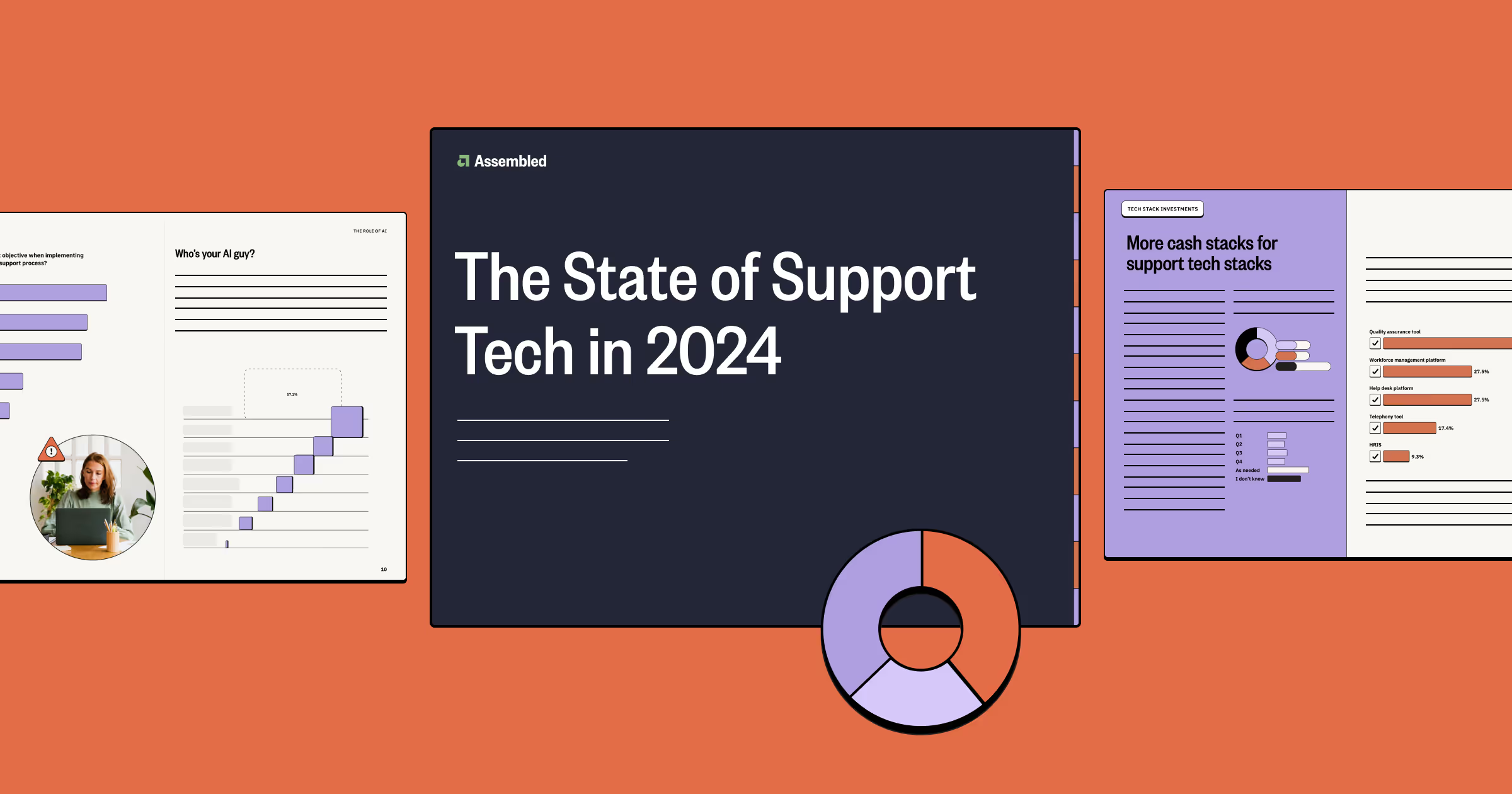Diary of a former workforce manager: How I got others on board with WFM

When I entered my first workforce management (WFM) role, I anticipated the challenges of complex formulas, endless spreadsheets, and data investigation. What I didn’t expect was a sense of animosity between agents and the WFM team — or worse (though much more seldom), a sense of animosity between us and the agents’ direct supervisors.
After spending the past few years working with many different support teams, I’ve acquired a bird's eye view of the tension that can often bubble up between operational support leaders and other arms of the organization.
To be fair, it’s easy to see where this tension comes from. When your primary interactions with WFM include having your PTO or schedule change denied — or getting briefed on data insights that point to gaps in your performance — it’s only natural to create a negative association with WFM.
Agents don’t always see a workforce manager’s desire to help them be successful because what they see is how WFM makes their job harder. Managers might take it personally when workforce managers communicate the relationship between agent behavior and missed department-wide goals. It doesn’t help that workforce managers are already seen as the “no” police.
When I was a workforce manager, I felt like I was constantly playing defense with the team. It was nearly impossible to get lateral buy-in.
This led to an insidious catch-22 that I suspect many workforce managers can relate to. The more agents and their managers didn’t like us, the less they believed or considered our recommendations. As a result, we slid further away from our business goals.
I could’ve been the best workforce manager in the world — investigating every metric at the agent level in great detail; illustrating trends with compelling graphs; scrubbing Zendesk Explore until it was sparkling clean — and still, it wouldn’t be enough to fix the issues we had. Our problems were rooted in human behavior.
This is when I realized that our team didn’t have an operational problem, we had a PR problem. It was time for me to put on my sales hat and sell WFM to the rest of the organization. If we were going to change the relationship, we had to first change the way we framed our actions to everyone else.
We began by creating a training session for every new agent to walk through, which started with a personal introduction to each member of our team. These slides weren’t about work, they were about us as people outside of work (my introduction slide included photos of my cats and favorite video games). The thinking was, how would our working relationship with other teams change if they could see our humanity and identify common ground?
After introducing ourselves, we’d roll into educating folks about the metrics our team was measured against. This included our SLA targets, as well as an explanation of the kinds of things that can have an impact on them.
Next, we’d walk them through our PTO approval process. It was here that we’d lovingly point out that our goal is always to figure out how to approve as many PTO requests as possible. The goal was to change our image from that of PTO arbiter to that of PTO enabler.
Finally, we’d transparently walk them through the workflows they could expect from an adherence perspective — proactively explaining the power of one. We needed them to not only understand our expectations but also why they were important to department-level KPIs.
The shift was slow, but it was noticeable — especially as new agents came aboard and changed our operating culture. Ultimately, it was the first step toward mutual understanding.
And while agents certainly came to understand our team better in day-to-day dealings, there was still a fair amount of negative interactions. This got me thinking about how we could inject even more positivity into our relationship with agents and the broader support organization while still moving the needle on key performance metrics.
My ah-ha! moment came when I was reviewing the metrics of one of our top-performing agents. This guy was on his A-game every month — crushing literally every KPI and almost always in adherence. I wished I had a reason to talk to him, even if only to say, “Hey, great job!” That’s when it occurred to me: I should make a reason.
I started doing what workforce managers do best and crunched the numbers. Every month, I’d identify our highest performers in adherence. Then, I’d create a celebratory slide that could be either presented or printed out and shared with the winners. From there, I looped leadership in on my scheme and was happy to find they were as excited about the project as I was. We dubbed it the “Excellent Engagement” award, and the WFM team started handing it out at our monthly department-wide meetings.
As fate would have it, the inaugural winner was the very person who had inspired the award. The look on his face when we announced his win to the rest of the department made all that number-crunching worthwhile. You could see that he was truly happy to be recognized for his work — a reminder that this on-task behavior, which is so critical to the success of the business, can often go under the radar.





